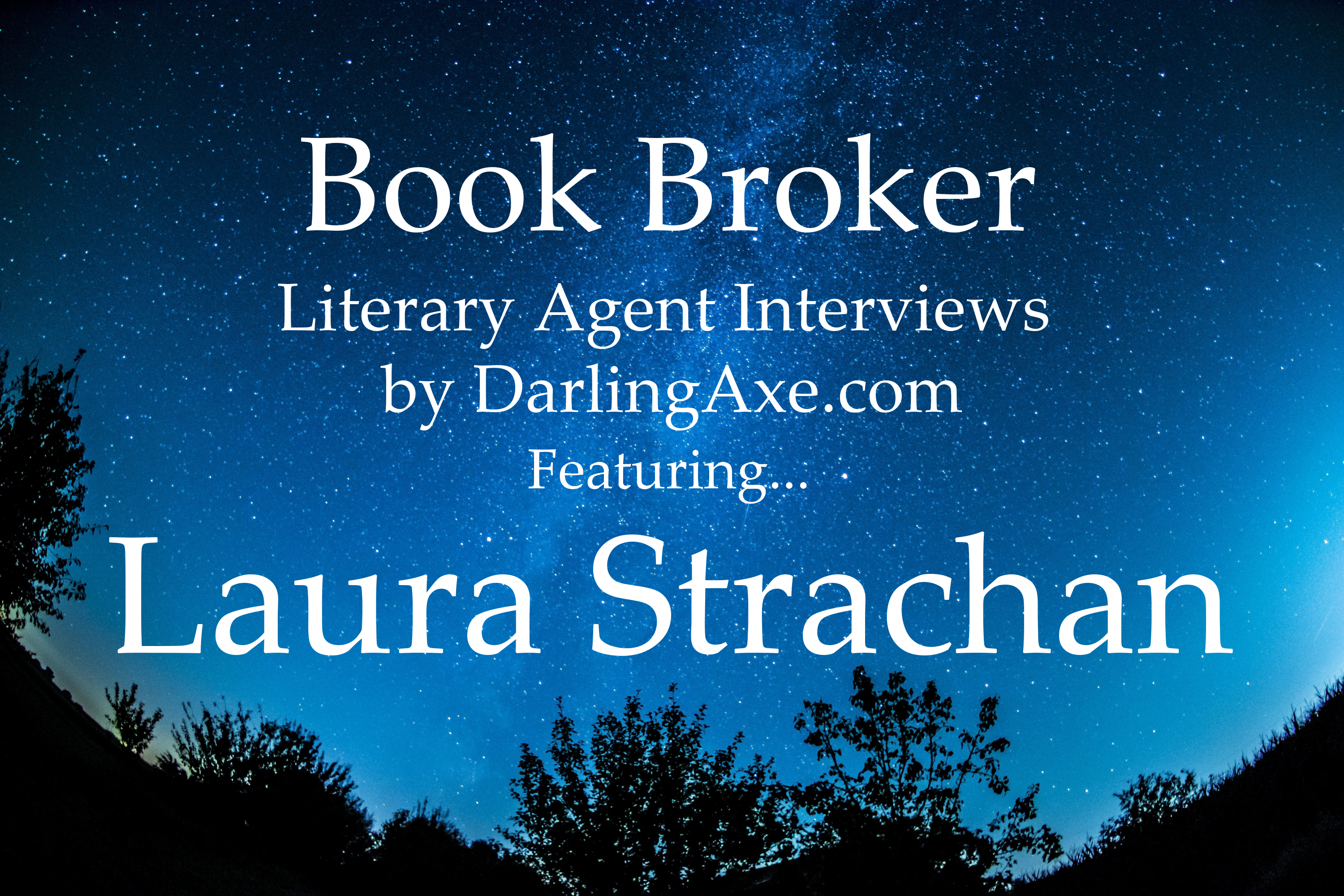The Hero’s Journey Versus Three-Act Structure

By Michelle Barker
The hero’s journey is a narrative pattern that was recognized and coined by author and literature professor, Joseph Campbell. As he studied stories and myths, he noticed they all followed a distinct pattern, and he broke it down into twelve sections.
Sounds complicated? Actually, it isn’t. The hero’s journey (sometimes called the monomyth) is just another version of three-act structure:
Act One—Departure: the hero receives a call to adventure, leaves their home and embarks on a quest.
Act Two—Initiation: the hero enters a new world where they face challenges and learn new things until they conquer their adversary and gain the object of their quest (which might be an actual object or might simply be knowledge or wisdom).
Act Three—Return: the hero returns home bringing something that will help the community, thanks to the experiences they had and the wisdom they gained.
So, what does the hero’s journey bring to the table that you don’t already know from three-act structure? It’s a slightly different way of looking at story and it introduces the concept of archetypes, which come from Carl Jung and his theory of the collective unconscious. Some of these include:
- The Hero/Heroine: the story’s protagonist
- The Shadow: this could be the antagonist, but it could also be a source of internal conflict within the hero/heroine. Rather than thinking of the Shadow as evil, it’s more instructive to think of it as the protagonist’s opposite
- The Herald: the person who announces information that starts the journey
- The Mentor: someone who appears to help the main character
- Shapeshifters: examples include wizards, vampire, and werewolves, or more simply, characters who change or deceive
- The Trickster: someone who challenges boundaries, causes trouble for the protagonist; the fool who is wise
- Allies: characters who help the protagonist in their quest.
If these concepts help you, great. If they don’t, feel free to set them aside.
The Hero’s Journey Cheat Sheet
The structure of the hero’s journey can be a bit daunting, but when we superimpose three-act-structure terms on it, it becomes a lot more familiar (and less scary).
DEPARTURE (Act One)
- The Hero in their Ordinary World: This is what three-act structure calls stasis. A view of the ordinary world often gives the reader a glimpse of what’s at stake if the hero doesn’t succeed in their quest.
- The Call to Adventure: Something happens, or someone arrives—the inciting incident—to disrupt the hero’s usual life (stasis). It’s not necessarily a bad thing, just something that threatens to create change in some form. The archetype of the Herald might come into play here.
- Refusal of the Call: This one sometimes gets mentioned in three-act structure as second thoughts. The hero considers the challenge or disruption and says, “Nah, not interested, too scary, I prefer my comfort zone.”
- Meeting with the Mentor: This is someone who either enters the hero’s life or is already there (think: Gandalf) and provides the hero with either the tools, the wisdom, or the motivation that pushes them to accept the call to adventure.
- Crossing the Threshold: The hero leaves their familiar world behind and sets off on their adventure or quest. Taken with the next step, this is what James Scott Bell calls the doorway of no return: the moment in the story when the hero gets stuck and must see it through to the end.
INITIATION (Act Two)
- Tests, Allies, Enemies: In three-act structure, this would be called rising action—the series of obstacles the hero faces as they undergo change. As in all good stories, there should be a lot of failure here. Things should be getting worse rather than better.
- Approach to the Inmost Cave: This is the look-in-the-mirror moment, when the hero must face their doubts and fears and realize if they’re going to achieve their goal they have to step up and become someone new. Whether the hero confronts him/herself or an actual figure of power, the important thing to recognize is that this moment is a turning point that involves personal transformation. In three-act structure, this might be the midpoint reversal.
- The Supreme Ordeal: This part of the story combines a few key elements in three-act structure: the all-is-lost moment (or the dark night of the soul of Save the Cat! fame) and the epiphany. The hero comes close to failure and/or death, then faces their enemy to emerge victorious.
- Seizing the Sword: The hero obtains the object of the quest—a sword, an elixir, a ring. Here is the story’s climax.
RETURN (Act Three)
- The Road Back: The hero doesn’t just get what they came for. Now, they must take it back to the community they left behind. These last three stages form the novel’s dénouement.
- Resurrection: The hero is transformed by their adventures. In three-act structure we recognize this as the final stage of the character arc: a reflection on how the protagonist has changed.
- Return with the Elixir. This brings the story full circle. The hero returns to the ordinary world they left behind at the beginning of the story. They are transformed, and they have brought back the object of their quest. Resolution has been achieved.
Critics of the hero’s journey say it’s too vague and trope-y to be useful, but that vagueness also leaves room for variation. There’s no reason why you can’t use elements of the hero’s journey and transform them for your own purposes. How you envision a quest, the sword, a mentor, or any of the other archetypes, will give your story its own spice.

Michelle Barker is an award-winning author and poet. Her most recent publication, co-authored with David Brown, is Immersion and Emotion: The Two Pillars of Storytelling. Her fiction, non-fiction, and poetry have appeared in literary reviews worldwide. She has published three YA novels (one fantasy and two historical fiction), a historical picture book, and a chapbook of poetry. Michelle holds a BA in English literature (UBC) and an MFA in creative writing (UBC). Many of the writers she’s worked with have gone on to win publishing contracts and honours for their work. Michelle lives and writes in Vancouver, Canada.






